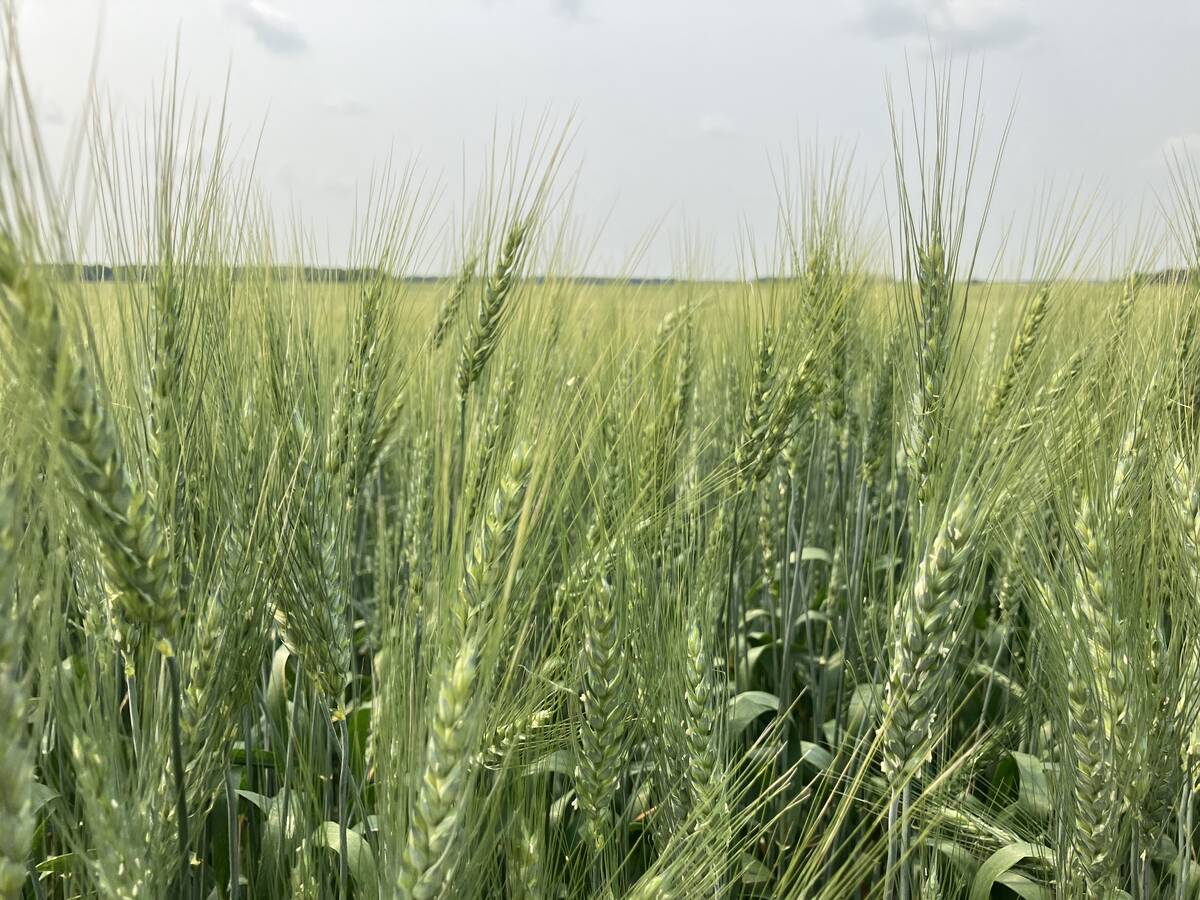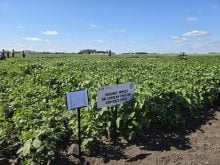Glacier FarmMedia – Interest in non-traditional fertilizers is higher than ever, but so are the questions surrounding the products.
From university labs to farmer-led field trials, researchers and companies alike are working to figure out what works, what doesn’t and where these products fit.
Nutrien Ag Solutions and AdvancedAg were among the companies showcasing biological and biostimulant products at Ag in Motion 2025, the annual outdoor farm expo held near Langham, Sask. The show has become a key venue for launching new products and demonstrating field-ready innovations to Prairie growers.
Read Also

Why feds imposed EV tariffs
Moe and Kinew have a fight on their hands when it comes to eliminating the EV tariff. Canada has to worry about pissing off the U.S. and Mexico and hundreds of thousands of auto workers.
Follow all our Ag in Motion coverage here
When it comes to newer crop input technologies, University of Saskatchewan soil fertility professor Jeff Schoenau says farmers should go in with their eyes open.
Whether it’s a biological, a biostimulant or some other non-traditional fertilizer product, Schoenau recommends treating claims with healthy skepticism and trialing new tools on-farm.
“Sometimes it’s easy to dismiss these products,” he says.
“And I think a person has to be asking the right questions. What kind of evidence do you have for the performance of this?”
When it comes to biologicals — living organisms applied to soil, seed or foliage — the performance can be especially variable. Environmental factors such as moisture, temperature and soil composition all influence microbial activity. That makes the products more finicky than traditional fertilizers, and the mechanisms behind the results aren’t always well understood.
“Sometimes maybe there isn’t even any kind of a reason put forward,” says Schoenau.
“You like to see that something that you’re using does have some type of a basis in science, something that obeys the laws of nature, (that) you’re not getting something for nothing.”
He’s not dismissing the category — just urging growers to dig deeper into the science behind it. Look for university trials. Ask to see all the data, not just the success stories. And don’t be afraid to test promising products on small strips.
“Seek out the evidence,” says Schoenau.
“That’s very, very important.”
Know what you’re buying
Biologicals and biostimulants are often lumped together, but the difference matters.
Biologicals are living organisms — usually bacteria or fungi — that interact with the soil or plant to support growth. Classic examples include rhizobia on legumes or phosphorus-solubilizing microbes.
Biostimulants, on the other hand, are substances that help plants take up nutrients more efficiently or tolerate stress better. They might include hormones, amino acids, humic acids or microbial by-products, but they don’t contain live microbes.
In other words, biostimulants aim to enhance a plant’s performance, while biologicals try to shift what’s happening in the soil or on the root. That also means biologicals face more hurdles in terms of consistency, survivability and product handling.
Putting new products through their paces
Shelby LaRose, crop nutrition product manager for Nutrien Ag Solutions in Canada, says the company has taken a measured approach to the biostimulants it brings to market.
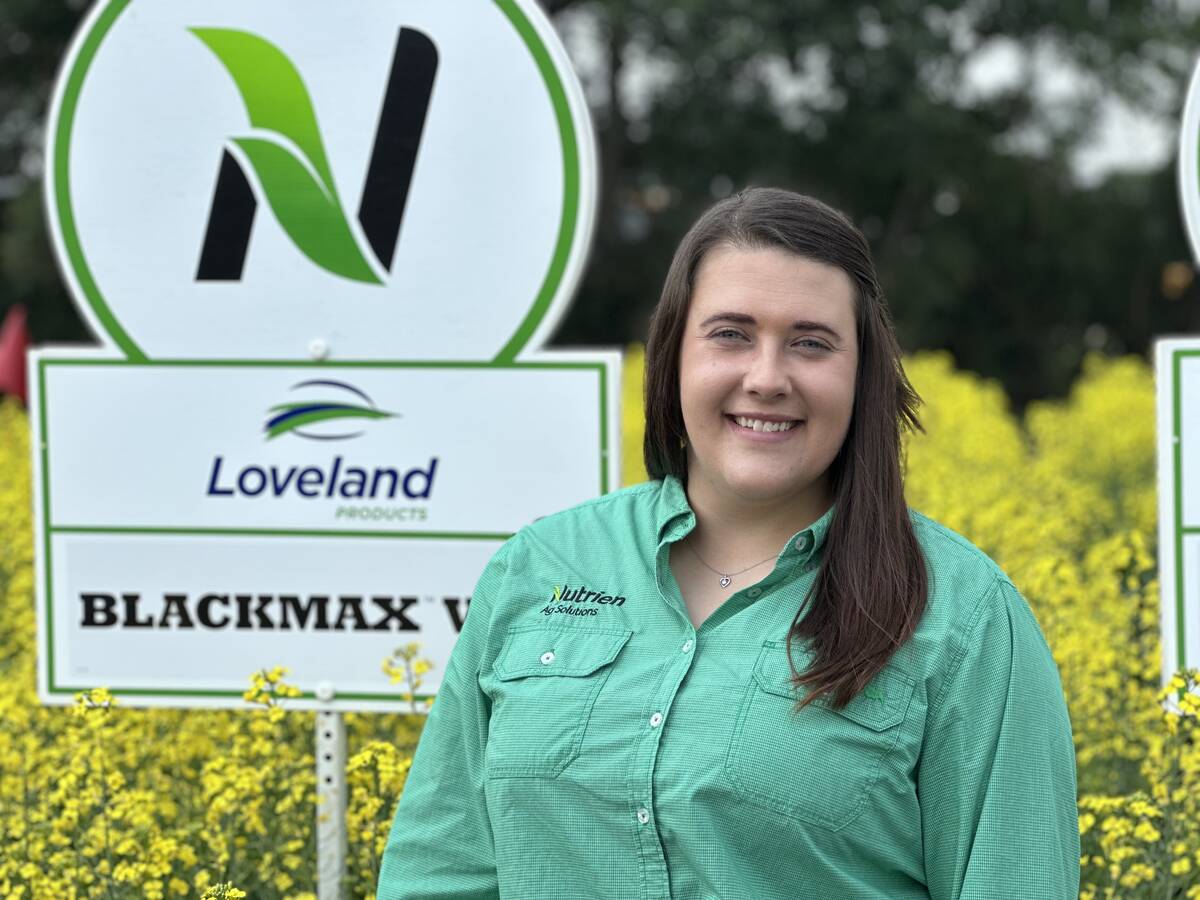
“We’re trialing on our own farms, with our own customers,” she says.
“We really take pride in our team to help support and educate those growers.”
LaRose oversees Nutrien’s branded nutritionals and its proprietary Loveland products, which include several biostimulants currently sold in Canada.
The newest of these is Radiate+, a canola-friendly blend of two plant growth hormones and a micronutrient package designed to improve early root growth and reduce plant stress. LaRose says it’s already shown bigger stalks and better root systems in plots across the West.
Another is Black Max WSG, a granular humic acid derived from leonardite, a coal-adjacent layer in the Earth’s crust. LaRose says the product boosts water and nutrient uptake early in the season, a key advantage in areas that dry out after seeding. A liquid version is expected to hit the Canadian market in 2026.
Then there’s Atlas XC, a fertilizer treatment that helps release phosphorus for early root development, especially important in cold Prairie soils. Atlas isn’t new, but LaRose says it’s still a strong performer, backed by more than 200 trials since its Canadian launch in 2018.
All of these are biostimulants — not biologicals. They don’t contain live bacteria. However, they still require careful testing, and LaRose says that work has become more rigorous.
“Over the last couple of years, the regulations behind these products have significantly increased. You have to do more testing behind it to prove that these products do what they say they’re doing.”
She also sees a generational shift in attitudes.
“The younger generation is more willing to try the products … realizing they might not see results in the first year, but willing and understanding that there’s more to these products.” she says.“
From waste water to farm fields
Not all companies entering the space come from the big corporate world. In fact, one of the fastest-growing biologicaloutfits in Canada started as a family operation.
“My mother started the company in 2001,” says Joshua Day Chief, chief executive officer of AdvancedAg.
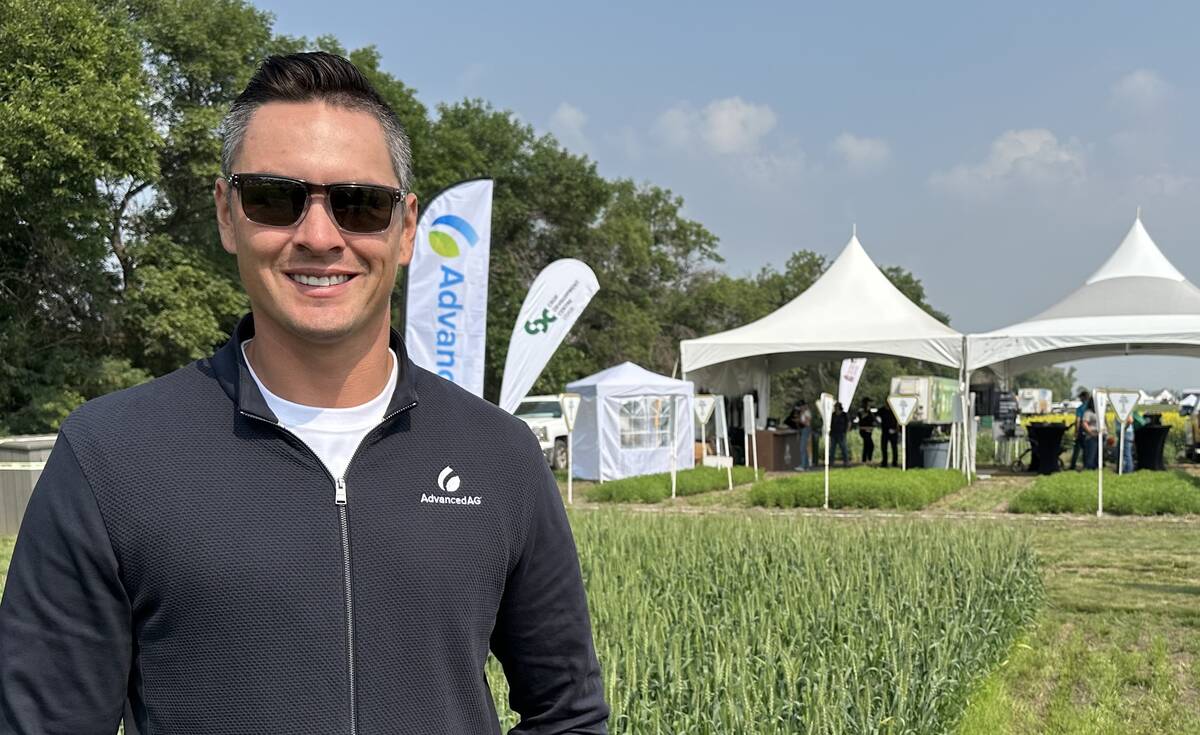
“She was using bacteria to break down sludge and organic matter in waste-water systems, which then evolved to treating lakes and ponds.”
It was only in 2015 that they started looking seriously at agriculture. The farmers they were helping with dugout treatment started asking whether bacteria could also help in their fields . At the time, fertilizer prices were climbing, and producers were looking for ways to improve soil health and reduce inputs.
“There was a lot of interest from farmers,” Day Chief says.
“And at that same time you started to see a shift toward this regenerative ag movement.”
At first, Day Chief says, they focused on plot work and applied research.
“In 2015 we did 50 acres of peas in southern Alberta. Now in 2025, we’re probably on half a million acres across Canada.”
The acres aren’t limited to cereals and pulses. The company is also active in vineyards, orchards and vegetable operations.
“If you drink a bottle of organic wine, there is a good chance the grapes were grown with our bacteria,” he says.
Even as the company has grown, Day Chief says their approach remains hands-on. They work directly with growers, helping customize programs based on specific goals. Some are reducing fertilizer rates by 30 per cent without losing yield — and some are just starting the conversation.
“There’s a lot of excitement around these products,” he says.
“But these are living organisms and every farm is unique. Every challenge is unique. So, we work directly with our farmers.”
Day Chief also encourages growers to keep asking tough questions.
“The skepticism should be there,” he says.
“Ask for the label. Ask for the university studies. Ask for the raw data.”
AdvancedAg’s current product suite includes three main offerings — all biologicals, all CFIA-registered and all designed to work within a broader crop fertility plan.
The most straightforward is A*Live Seed, a powdered biological seed dressing that adds beneficial bacteria directly to the seed. These Bacillus strains help ward off pathogens and promote early root growth by producing hormones and enzymes. The product is widely compatible with crop types and doesn’t require brewing or special equipment.
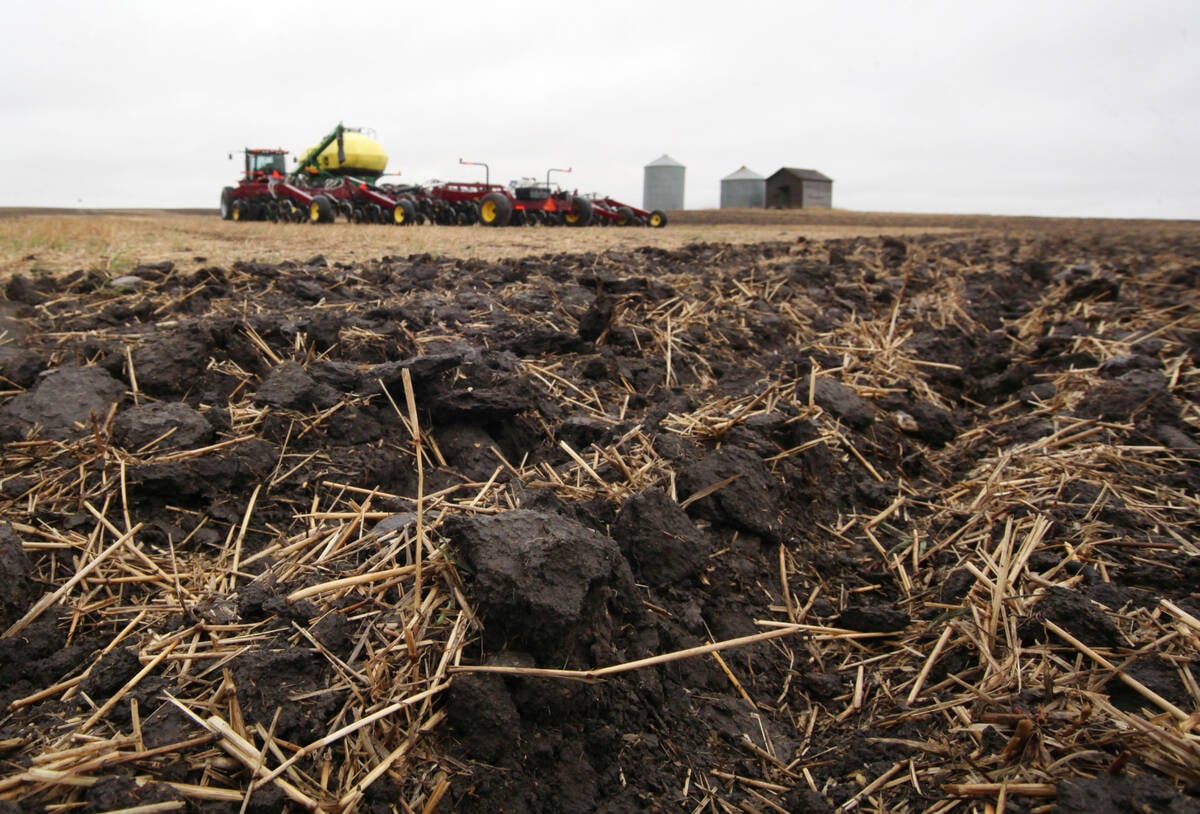
Another is ACF-SR, a liquid biofertilizer containing five strains of live bacteria. It can be applied in-furrow or as a foliar spray and is designed to fix nitrogen, solubilize phosphorus and even help with carbon sequestration. Product manager Jeff Goodwin says it’s the company’s most powerful tool for reducing synthetic fertility.
“Our products aren’t a fertilizer replacement,” says Goodwin.
“But they certainly help fertilizer become much more efficient.”
The other product is SRP, a phosphorus-targeted blend that also supports late-season plant health. Goodwin says they’ve seen reduced fungicide use in some crops, not because the product kills disease but because the plants stay healthier in the first place.
“It’s CFIA registered as a biofertilizer,” he says, “but we’ve just seen some really amazing things in terms of plant health and cost savings.”
Goodwin said every farm they work with starts with a soil sample and a consultation — and every program is customized.
First-time users often see an immediate return on investment just by trimming 10 to 15 per cent from their fertilizer budget. More aggressive users have gone much further. One potato grower cut back 40 per cent and dropped fungicide entirely.
That kind of performance depends on proper management — and that, says Goodwin, is what sets the company apart.
“If what we’re doing currently wasn’t scalable, we wouldn’t be able to compete. But we’re not just selling biologicals — we’re selling the knowledge that comes with it.”


